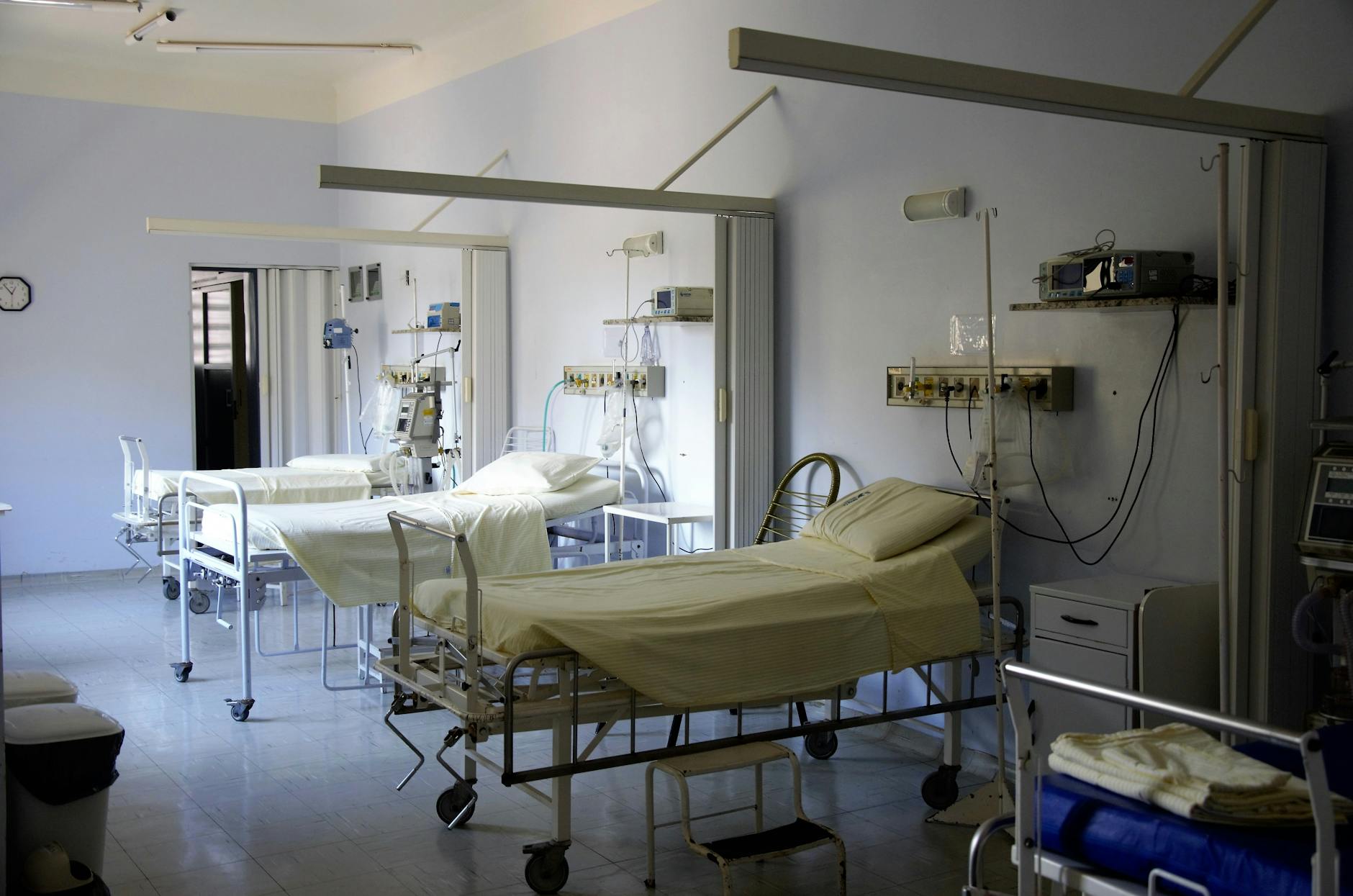What Makes Telehealth Services in Australia a Game Changer?

Evolution of Telehealth in Australia
The realm of telehealth in Australia has significantly morphed over the years, especially within the vibrant tech start-up hubs of Melbourne. The journey began with modest beginnings, showing early potential to transform healthcare accessibility. One of the pivotal advances was the integration of telehealth GP appointment services, which offered a new avenue for patient consultations. Residents in remote areas could engage with health professionals without the hurdles of long-distance travel.
As policies evolved, so did the scope and accessibility of telehealth. Key milestones like the incorporation of the Medicare Benefits Schedule for telehealth consultations marked a significant turning point. This development opened doors to innovative healthcare delivery methods across Australia. The role of a GP after hours Mt Lawley is particularly noteworthy; it highlights the adaptability of healthcare services adapting to the needs of patients outside conventional hours, especially in places where such services are compounded by geographical distances.
Currently, telehealth is not just a fallback option but an integral component of healthcare delivery in the nation. From Melbourne's innovation centers around Docklands to state-of-the-art healthcare facilities in Parkville, telehealth services are becoming more seamless and user-friendly. Usability reviews consistently show that technology's accessibility has eased many concerns around telehealth, making it a more accepted and trusted option for many Australians. Through these advancements, the healthcare system continues to adapt, offering an enlightened approach to medical consultations.
Benefits for Rural Communities
Bridging Healthcare Gaps
In rural areas across Australia, telehealth plays a pivotal role in making healthcare more accessible. Innovations stemming from Melbourne's tech start-up hubs have significantly contributed to this transformation. By offering remote consultations, patients in isolated communities can connect with specialists without the need to travel long distances. This approach not only saves precious time but also provides consistent care for chronic conditions. By actively reducing the barriers of distance, telehealth ensures that everyone receives timely medical attention regardless of their location.
Enhancing After-Hours Care
Accessing healthcare outside regular business hours is essential, especially in rural regions, where options can be limited. Services like after hours doctors Hobart and after hours clinic Blackstone serve as crucial lifelines, providing support when local facilities are unavailable. By leveraging telehealth, these services ensure that patients receive professional medical guidance at any hour. This round-the-clock care improves patient outcomes by addressing urgent health concerns promptly and adequately.
Reducing Travel and Costs
One of the most immediate benefits of telehealth is its ability to minimise travel-related expenses. Rural residents often incur high costs traveling to city-based healthcare facilities for specialist appointments. Virtual consultations eliminate the need for these trips, saving patients money on transportation and accommodation. Furthermore, it conserves time and resources, allowing individuals to focus on their health without financial strain. Through efficient and accessible telehealth solutions, rural communities enjoy improved care at a reduced cost.
Overcoming Connectivity Challenges
Infrastructure Developments
In the Melbourne tech start-up hubs, infrastructure advancements are pivotal for boosting telehealth services. Many innovative centres around Docklands are working on next-generation connectivity solutions to ensure consistent telehealth experiences. Reinforced telecommunications infrastructure is key for maintaining reliability, especially for services like telehealth Perth. Furthermore, the integration of fiber-optic cables and high-speed internet in rural areas promises to enhance service reach.
Solutions for Remote Areas
Addressing connectivity challenges in remote areas entails a combination of strategic developments and practical solutions. From rolling out mobile health units to deploying satellite-based internet services, the aim is to bring telehealth accessibility to every corner of Australia. State-of-the-art healthcare facilities in Parkville are experimenting with portable connectivity devices that could revolutionise healthcare delivery in non-urban regions. Moreover, you might often find usability reviews from institutions assessing the impact and efficacy of these tools.
Ensuring Reliable Access
Ensuring dependable access to telehealth involves continuous collaboration between healthcare providers and tech innovators. Institutions like those found in Parkville play a vital role in testing and refining these technologies. Initiatives to improve medicare telehealth services highlight the importance of seamless patient-practitioner communication. Periodic feedback loops and usability assessments are crucial in upgrading technology, guaranteeing a stable connection for patients relying on digital healthcare services.
Patient Education and Engagement
Promoting Telehealth Literacy
As we navigate this tech-savvy landscape, fostering telehealth literacy is vital, especially for those in real-world settings like the innovation centres around Docklands. Patients must understand the practical applications of telehealth services. To achieve this, we can utilise usability reviews, breaking down each feature of the telehealth platforms into digestible parts. The goal here is for patients and practitioners to feel more confident and comfortable with scheduling appointments, accessing a telehealth script, or utilising an online GP for after-hours support.
Addressing Technology Resistance
While the benefits of telehealth are vast, a notable obstacle is the resistance to technology often encountered in rural communities. Our focus should include strategies that highlight the convenience and accessibility of telehealth. Engaging in open dialogue and creating relatable scenarios can demystify the technologies involved, bridging the divide between the initial apprehension and the ultimate acceptance. This could significantly increase the success rate of services such as GP after hours Canberra.
Strategies for Effective Communication
Communication is at the heart of effective patient engagement. By employing methods such as personalised follow-ups or simplified digital guides, we can enhance the patient experience and retention. Tailoring information to suit individual needs results in a more efficient consultation process and aids in patient satisfaction. Engaging through varied channels, from emails to forum discussions, allows for a continuous dialogue, fostering trust and ease of access for all involved. This kind of strategic engagement not only facilitates a smoother telehealth implementation but also ensures ongoing patient involvement.
Quality Care and Future Prospects
Enhancing Accessibility with Innovation
In Melbourne, we're fortunate to have vibrant tech start-up hubs and innovation centres, notably around Docklands, that drive advancements in telehealth. The impressive usability review from users shows it significantly enhances accessibility and convenience. Our state-of-the-art healthcare facilities in Parkville leverage cutting-edge technology to provide private hospitals Brisbane with streamlined access to online consultations. The result? Improved care delivery, irrespective of time or location, allowing after-hours medical services to flourish and adapt to the growing demands of our time-poor society.
Integration with Current Health Facilities
The integration of telehealth into traditional healthcare infrastructures is evident in Melbourne's medical landscape, thanks to these centres around Docklands. Telehealth emerges as a companion to in-person visits, ensuring patients receive holistic care without compromising quality. With the numerous usability efficiencies reported, it's a breeze for professionals to juggle healthcare demands seamlessly. By addressing common telemedecine challenges head-on, facilities provide reliable, robust services that harmonise well with existing systems.
Future Adoption and Expansion
Looking forward, the potential for telehealth growth remains immense. Continuous collaborations with organisations in tech precincts like Docklands foster innovation and progress, striving for nationwide adoption. As more healthcare professionals witness the benefits of telehealth, there's a promising surge towards wider implementation. The communities around Parkville and beyond are witnessing an era where access to quality care no longer depends solely on geographical proximity, optimising both patient outcomes and workplace productivity.


